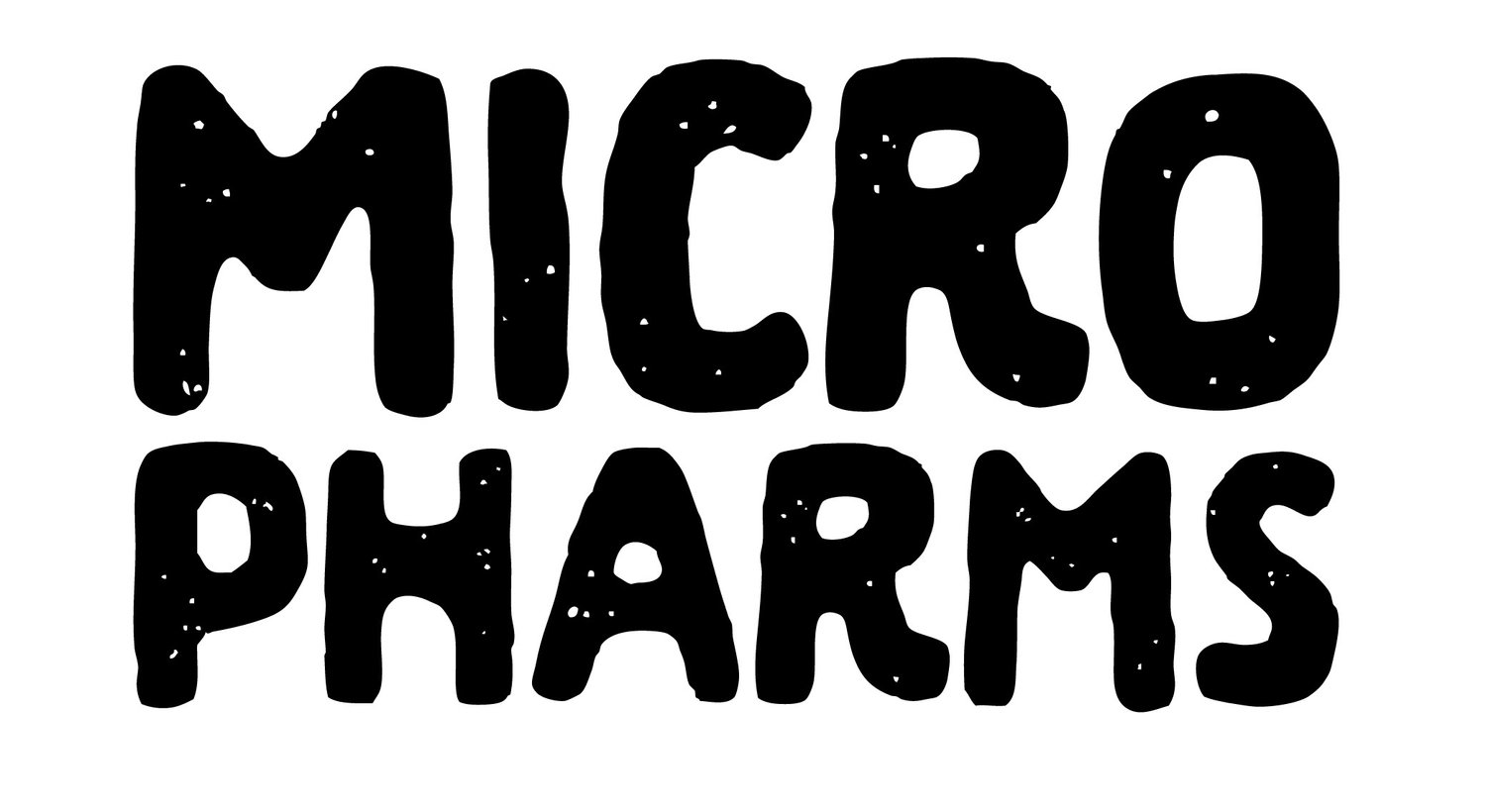Pizza, a savory Italian dish, is usually round with flat base and composed of a leavened base, dough topped of tomatoes, cheese, and other ingredients like anchovies, meat, olives, microgreen, etc. It is baked in the oven at a very high temperature. A pizza of small size is sometime named as pizzetta. In Italy, Pizza is mainly served in restaurants, but its presentation is informal as no slices are produced, and it is eaten with the help of fork and knife (Naylor, 2019). In a casual way, it is divided into two portions and eaten by hand. In the beginning, the term Pizza was first used during the 10th century in the Latin language from Gaeta in Lazio a town situated on the border with Campania in Southern Italy.
The modern pizza is invented in Naples (a city of Italy located in the south near Mount Vesuvius) and become popular in different parts of the world. Pizza is one of the popular foods in the world, and it is the main fast food in Europe and North America. Pizza is easily available at pizzerias (specialized restaurants of Pizza) and through pizza delivery. Now many companies are selling prepared pizza, which just needs to get heated in the oven of home. In 1984 an association named True Neapolitan Pizza was established, which was non-profitable and based on the aim to promote Neapolitan pizza (Anonymous 1, 2017).
Pizza with Mozzarella and microgreen, a delicious diet, is a microgreen pizza which has microgreen as the topping and may also have lemon pesto, fresh mozzarella, prosciutto, and fresh tomatoes.
The community of people who eat pizza with mozzarella and microgreen on a regular basis they have very less cardiovascular diseases and tumor of the gastrointestinal tract. Pizza sauce contains lycopene, which plays a pivotal role in preventing cardiovascular diseases. Maximum members of the community in Italy eat pizza on a regular basis (Gallus et al., 2015).
Mozzarella, an Italian cheese, was produced from the milk of Italian buffalo through pasta filata procedure. In 1998, Traditional specialties guaranteed (TSG) awarded to Mozzarella by the European Union. As per TSG, it can be produced from any kind of whole milk but mainly produce by milk, which called buffalo mozzarella. Mostly the fresh mozzarella is found to be white but may vary to yellowish due to the diet of animal and weather conditions. Due to the high content of humidity, it mainly served on the next day and can be stored up to one weak and in vacuum-sealed packages can be stored longer. It is used in pizza and pasta dishes, and the nutrition values of mozzarella are mentioned below
Nutritional composition of mozzarella
Quantity
Carbohydrate (g) 2.2
Fat (g) 22.4
Protein (g) 22.2
Calcium (mg) 505
Phosphorus (mg) 354
Sodium (mg) 627
Water (g) 50
For making such Pizza, after preparation of dough microgreen and mozzarella are added along with slices of cherry tomato, fresh pepper, prosciutto, and baked at 500 0F for 10-15 minutes until the toppings look roasted cooked and the crust is golden. A very delicious and nutrition-rich diet is ready now.



